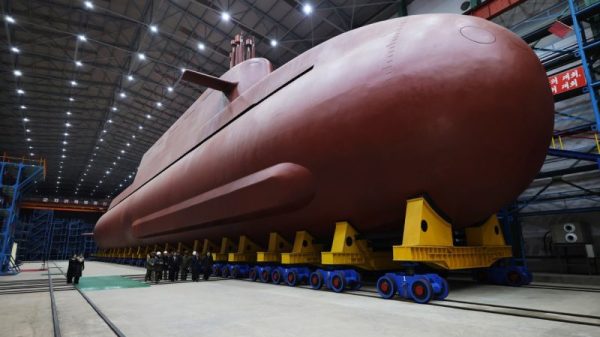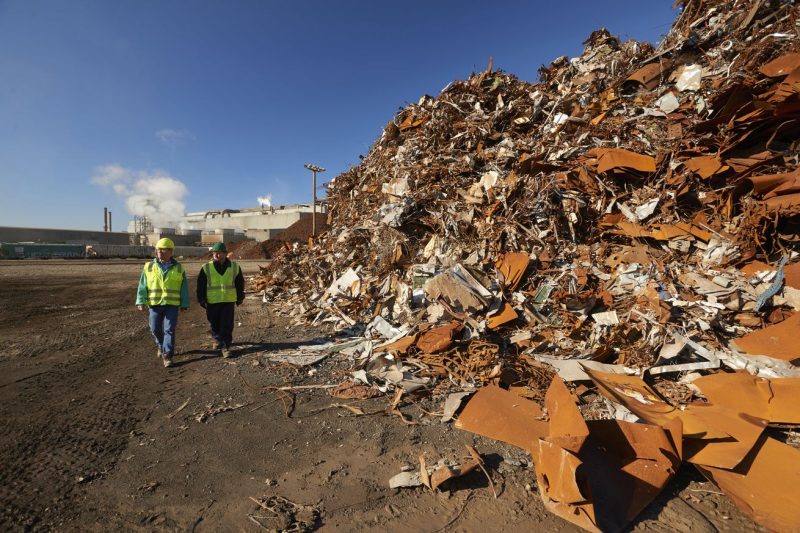As society continues to pursue more sustainable practices across various industries, the construction sector has been under increasing pressure to reduce its environmental footprint. The Biden administration’s recent focus on finding more sustainable construction materials aligns with this global trend towards sustainability.
Traditional construction materials such as concrete, steel, and bricks have long been the go-to choices for builders, but their production is resource-intensive and contributes significantly to carbon emissions. The administration’s push for more sustainable alternatives recognizes the urgent need to transition towards greener, more environmentally friendly options.
One promising avenue for sustainable construction materials is the use of recycled and reclaimed materials. By repurposing materials such as reclaimed wood, recycled metal, and recycled plastic, builders can significantly reduce the environmental impact of construction projects. These materials not only divert waste from landfills but also require less energy to produce, helping to lower carbon emissions.
Another innovative solution being explored is the use of bio-based materials derived from renewable sources such as bamboo, hemp, and straw. These materials offer excellent durability and insulation properties while being biodegradable and low in carbon emissions. By incorporating bio-based materials into construction projects, the industry can move towards a more circular economy that values sustainability and resource efficiency.
Furthermore, the Biden administration’s emphasis on sustainable construction materials could drive innovation in the development of new environmentally friendly materials. Researchers and industry experts are actively exploring alternative materials such as mycelium-based composites, algae-based bioplastics, and carbon-negative concrete. These cutting-edge materials have the potential to revolutionize the construction industry by offering high performance and sustainability.
In addition to exploring new materials, the administration’s efforts also extend to promoting sustainable construction practices. This includes the implementation of green building certifications such as LEED (Leadership in Energy and Environmental Design) and the integration of sustainable design principles into building codes and regulations. By incentivizing sustainable construction practices, the administration aims to create a more environmentally responsible built environment.
Overall, the Biden administration’s focus on finding more sustainable construction materials is a step in the right direction towards a greener and more sustainable future for the construction industry. By prioritizing the use of recycled and reclaimed materials, exploring bio-based alternatives, driving innovation in new materials, and promoting sustainable construction practices, the administration is paving the way for a more environmentally friendly approach to building and development.






















